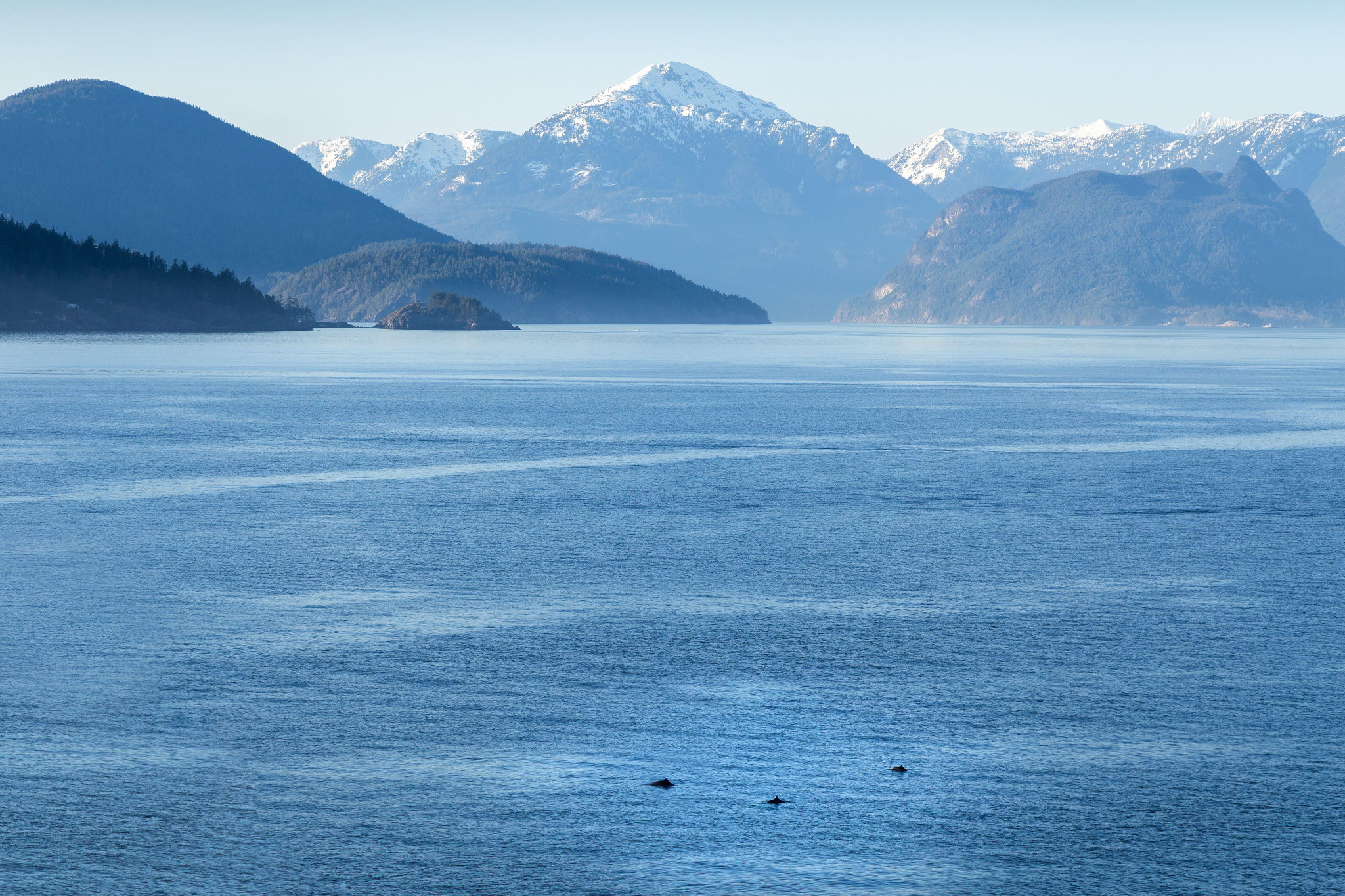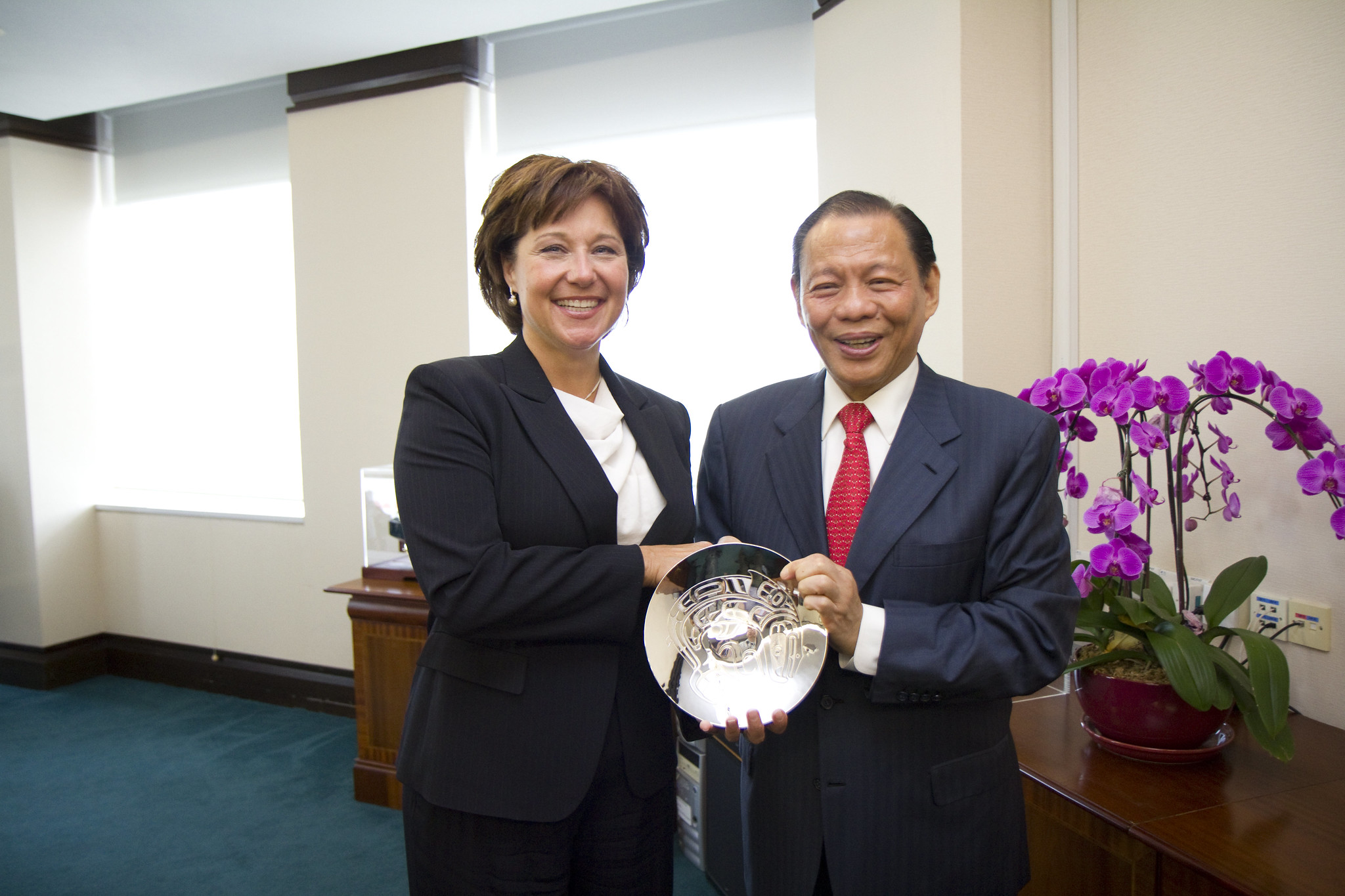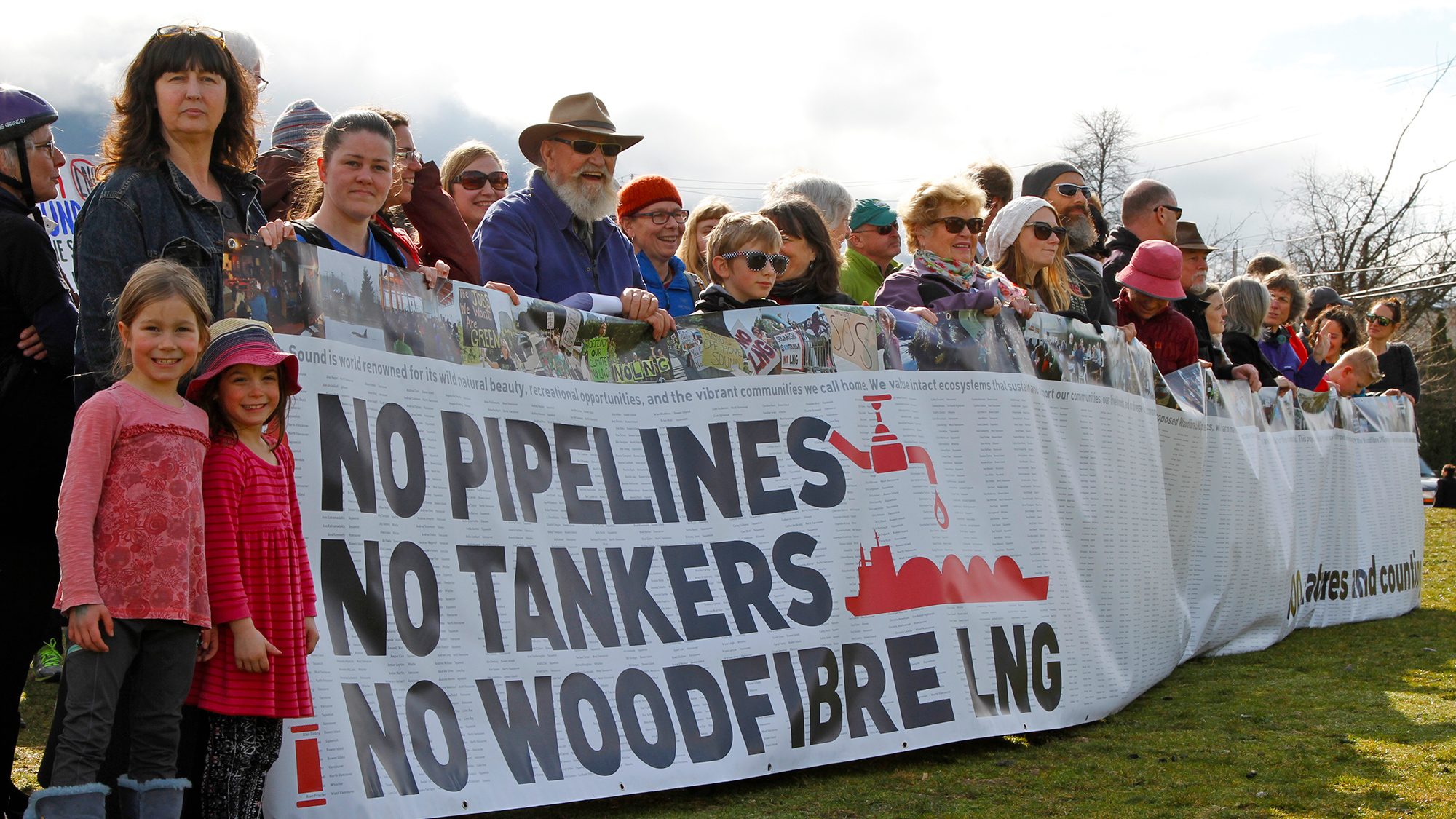Pacific Energy Corporation and Enbridge want to launch a dirty and dubious LNG project on Canada’s Pacific coast: Woodfibre LNG. Once finalized, Woodfibre LNG will turn fracked gas into LNG for export. The tankers asked with shipping the LNG abroad are a threat to coastal fjords. Behind Pacific Energy is Indonesian business tycoon Sukanto Tanoto. His companies have been accused of tax evasion and destroying invaluable carbon sinks such as rainforests and peatlands in Asia.[1][2]
In 2013, Pacific Energy (through its wholly-owned subsidiary Woodfibre LNG Limited) launched its plan to export fracked gas from the Woodfibre LNG terminal to Asia.[4]19414 In the following years, the company repeatedly postponed construction.[6] However, it eventually began building the terminal in 2023 and plans to start operations in 2027.[8] 15349
Construction of Woodfibre LNG is already half-complete.23298Note: Reputational risk projects on GOGEL are updated annually. This article was last updated November 4 2025.
Marine Life at Risk, Again
Pacific Energy wants is building the LNG terminal on the site of a former pulp and paper mill it bought in 2015.[10] The remains of the old mill sit on the banks of Howe Sound, a coastal fjord on Canada’s Pacific shore. The Indigenous Squamish people call the fjord Átl’ḵa7tsem.[12] It stretches deep into the snow-capped mountains.[13] Eagles, black bears, grizzly bears, caribou and deer live on the shores of Átl’ḵa7tsem/Howe Sound.[14] Its waters are home to harbor seals, whales, porpoises, dolphins and seabirds.[15]
Deep below the surface lies an underwater world of living dinosaurs: glass sponge reefs cover the floor of Átl’ḵa7tsem/Howe Sound.[16] For decades, scientists only knew of these glass sponge reefs as fossil relics that became extinct 40 million years ago.[17] But in 1986, they rediscovered prehistoric glass sponge species in the deep waters off Canada’s coast.[18] Since the early 2000s, divers have also found 17 of the unique glass sponge reefs in the shallow waters of Átl’ḵa7tsem/Howe Sound.[19][20]
Underwater life at Átl’ḵa7tsem/Howe Sound is only beginning to recover from the toxic legacy of industrial pollution.[21] The former Woodfibre pulp mill, a copper mine and other industrial activities in the area poisoned the water, animals and plants of Átl’ḵa7tsem/Howe Sound for decades.[22] Until the early 2000s, the fjord was among the most polluted areas in North America.[23] Herring and salmon had disappeared from it, and along with them, much of the underwater life.[24] Only through the mutual effort of the Indigenous Squamish Nation and other community groups did they manage to bring the chemical sludge of Átl’ḵa7tsem/Howe Sound back to life.[25][26] They placed streams and rivers under protection, replanted native species and surveyed the fish.[27] Gradually, herring and salmon returned to the water.[28] Dolphins, seals and whales followed.[29]

Woodfibre LNG is a threat to the recovering underwater world of Átl’ḵa7tsem/Howe Sound.[30] If the project comes to life, gigantic LNG carriers will travel through the fjord between 72 and 96 times peryear.[31][32] Numerous tug boats and pilot boats would accompany them.[33] All of this traffic would fill the waters of Átl’ḵa7tsem/Howe Sound with intense noise.[34] Tanker propellers, motors and the operating LNG terminal create industrial sounds that echo through the water.[35] This loud noise would distract and confuse orca whales, salmon and herring.[36] Canada's Impact Assessment Agency has already agreed to loosen regulations designed to protect seals and sea lions from underwater noise.1535115353 Many underwater species rely on sound to find food, communicate, navigate and protect their territories.[37]
Anything But “Clean” LNG
Pacific Energy made big claims when it branded Woodfibre LNG as “the cleanest LNG export facility in the world”.[38] If it actually is built, Woodfibre LNG will be anything but clean. Pacific Energy wants to process fracked gas from the province of British Columbia (BC) in the terminal.[39] Fracking is an extremely harmful way to extract fossil gas from the ground.15355 It can poison freshwater with chemicals, create earthquakes, pollute the air and make people sick.[43][44] In addition, most fracking wells leak methane directly into the atmosphere.[45] Methane is a climate killer: over a 20-year period, it has an atmospheric heating effect 86 times more powerful than carbon dioxide.[46] Many countries around the world have banned fracking due to its harmful effects.[47]
A Result of Lobbying and Subsidies
Pacific Energy spent a lot of money to get a green light for Woodfibre LNG. Between 2014 and 2017, the company’s subsidiary Woodfibre LNG Limited donated more than CAD 200,000 (ca. EUR 140,000) to the 2 strongest political parties in British Columbia.[48] Investigations by the media outlet The Globe and Mail found that a large part of the donations were illegal.[49]
At the same time, the government of British Columbia shifted the costs of Woodfibre LNG onto taxpayers. It has offered Woodfibre major discounts on electricity bills and halved the tax rate for the company’s LNG, committing over CAD 1.5 billion in subsidies over 25 years according to NGO calculations.[51][52]19415 Without BC’s financial support, the plans for Woodfibre LNG would have been no more than a bizarre business idea.[53][54]
Even with such extensive state support, the costs for Woodfibre LNG have ballooned since its initial USD 5.1 billion evaluation, to over USD 8.8 billion.23299
No Respect for Law and Nature
With Woodfibre LNG, Canada is rolling out the red carpet for a business tycoon with a sketchy track record.[55] Pacific Energy is part of the Royal Golden Eagle (RGE) company empire.[56] RGE is an industry conglomerate in the palm oil, paper and energy business.[57] In Asia, the companies that belong to RGE have frequently been accused of human rights violations, rainforest destruction, and tax evasion.[58] 1535715359
In 2013, Greenpeace identified the owner of the RGE empire, Sukanto Tanoto, as the “single largest driver of deforestation in the world”.[59] One of the many companies he owns is APRIL, an enormous pulp and paper producer.[60][61] Indonesian villagers and environmental organizations documented that APRIL cleared huge swathes of rainforest, drained peatlands without permission, and destroyed tiger habitats to feed its mills.[62][63][64][65][66]
Not only has Tanoto’s APRIL ruthlessly exploited Indonesia’s natural resources, but the company also pocketed multiple tax benefits. In 2017, the Paradise Papers revealed that tax evasion was a big part of APRIL’s business.[67] Journalists uncovered how for years, the Tanoto-owned company shuffled billions of dollars through offshore tax havens such as the British Virgin Islands in the Caribbean.[68] Although Tanoto’s companies promised to improve their business practices, many of them continue to destroy Indonesian forests and evade taxes.[69][70] As if the RGE empire wasn’t destructive enough on its own, Pacific Energy has decided to team up with the notorious pipeline company Enbridge to develop Woodfibre LNG. Enbridge owns the contested Line 3 tar sands pipeline. Indigenous peoples and environmental activists have been protesting against the company for decades.

Dubious and Dirty Neighbor
Since Pacific Energy announced its plans, opposition has been loud and clear.[71][72] Citizens of British Columbia do not want a dirty LNG terminal and a Tanoto-owned company as their new neighbors.[73] After years of delay, construction has begun onsite.[74] Local communities continue to resist, hoping to find ways to stop the project before it’s too late.23300 An explosion of LNG terminals are being built on BC’s coast, each presenting a cumulative threat to local communities and ecosystems.23301 The Squamish Nation, other community groups of BC, the underwater world of Átl’ḵa7tsem/Howe Sound and the global climate all undeniably stand to lose if Woodfibre LNG were to become a reality.

Groups working on Woodfibre LNG: My Sea to Sky, Concerned Citizens Bowen, Wilderness Committee
Sources: